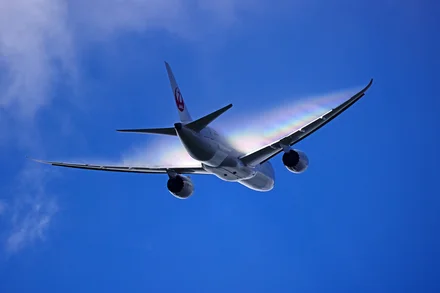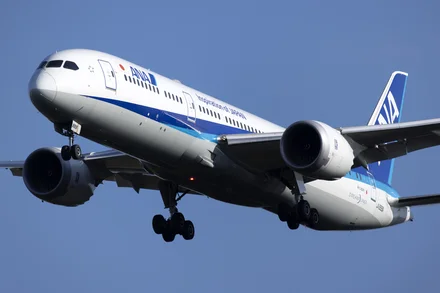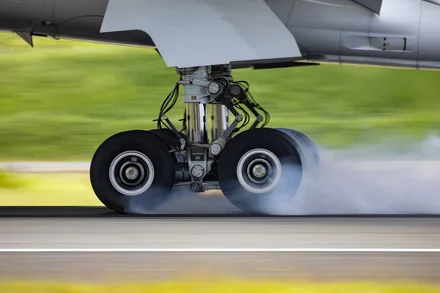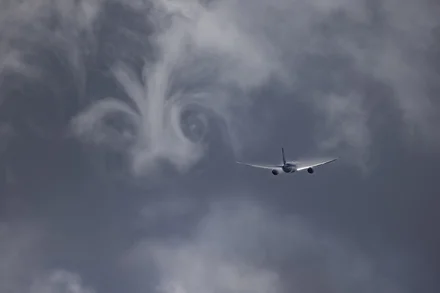Canon RF800mm / RF600mm Comparison Review
Introduction
The Canon RF800mm F11 IS STM, and RF 600mm F11 was STM released by Canon in July 2020. When I heard about this lens I honestly thought. It wouldn’t be released and would end up in a lively atmosphere. After all, although it has a long focal length, it has a spec of open F11 without an aperture mechanism. When the RF system was born, I heard from a Canon developer that “I would like to make more and more interesting lenses that take advantage of the RF system. First of all. I was surprised that it was released available on amazon.
And I was even more surprised to use it. It’s surprisingly rude for shooting requiring a long focal length, such as Hikoki shooting, but I understand it is a very easy-to-use lens. Here, we review the RF800mm F11 IS STM, and the RF600mm F11 IS STM together. I shot various scenes in the Hikoki shooting.

Appearance and excellent portability

Many people think of Canon’s super-telephoto single focus lens as a white bazooka-like lens, but the RF800mm F11 IS STM, and RF600mm F11 IS STM has a simple black body. Is it an 800mm or 600mm lens? The feature is that it is so compact and light. The secret to the maximum compactness is the retractable structure. This structure, which pulls out the lens when shooting, makes it possible to store it compactly when carrying it.
RF600mm F4 IS L USM, which also has a single focal length of 600mm … The company has a white bazooka lens called “Rokuyon,” but the RF800mm F11 IS STM, and RF600mm F11 IS have space to put one in the camera bag. It is also possible to store two STMs side by side vertically. That’s how compact the lens is.
The RF600mm F4 IS L USM weighs about 3090g. On the other hand, the RF800mm F11 IS STM weighs about 1260g, and the RF600mm F11 IS STM weighs about 930g, so although there are differences in the open F value, even the same single focal length lens with a long focal length has such a difference in weight. In the Hikoki shooting, where many handheld shots are taken, there are many scenes where lightness is justice. When shooting so-called vapor scenes where clouds are generated from the wings, it is not uncommon to keep chasing the aircraft while holding it and looking through the viewfinder, so the lightweight of the main body is very useful.
Reliable image quality

The RF800mm F11 IS STM consists of 11 elements in 8 groups, and the RF600mm F11 IS STM consists of 10 elements in 7 groups. The DO lens corrects each aberration and contributes to miniaturization and weight reduction. A good depiction is like a single focus lens. Even in the Hikoki shooting, where detail is important. The resolution is satisfactory, and every small part is depicted in detail.
However, since the aperture is fixed at full aperture. The peripheral area feels a little softer than the sharpness of the central area. Depending on the conditions, the peripheral light falloff may be noticeable, so turn on “Peripheral Illumination Correction” in the lens correction of the camera body or correct it during the development process.
The lens’s focal length is long, but it is also possible to extend the focal length by attaching an extender. You can shoot ultra-telephoto shots such as 1200mm and 1600mm, but with the EXTENDER RF1.4x, the open F value is F16, and with the EXTENDER RF2x, the open F value is F22. Image quality degradation is not so noticeable for 1.4x users. It is necessary to consider the conditions, such as choosing a day with good visibility, but I got the impression that I can use 2x more than I expected.
Smooth AF that is great for video recording

The AF range-finding area is approximately 40% horizontal and 60% vertical on the imaging surface when using this lens. There is a case where the AF range-finding area is placed at the edge of the imaging surface. And the follow-up AF is used for shooting, but with some ingenuity. I felt that there were few inconveniences even in this AF range-finding area. There is no problem with AF focusing speed and precision, and it is comfortable. Since it is an STM system equipped with a lead screw-type stepping motor, it also realizes smooth AF that is nice when shooting movies.
IS is also active in panning.
The specifications of the image stabilization mechanism are also a concern for Hikoki shooting. Which is often used for handheld shooting and uses a lot of super-telephoto shooting. Still, the RF800mm F11 IS STM has 4 steps, and the RF600mm F11 IS STM has 5 steps. It doesn’t support coordinated correction with the in-body image stabilization (IBIS). Equipped on the EOS R5 / R6, but I didn’t feel any shortage for normal shooting. Rather, it may be easier to take a picture with an appropriate correction effect when taking such a panning shot. Coordinated correction with IBIS has a fairly strong correction effect depending on the combination, so users who have migrated from SLR cameras may need to get used to panning.
Each costa
The biggest attraction of this lens is the good cost performance. Similarly, Canon’s ultra-telephoto single focus lens includes the RF600mm F4 IS L USM as mentioned above. The Kitamura price as of October 2021 is around 1.6 million yen. On the other hand, the RF800mm F11 IS STM costs around $899. The RF600mm F11 IS STM costs around 90,000 yen, which is about 15 to 16 times the price difference.
For those who often print and stretch it greatly, those who continue shooting that can not fail even in severe exposure … In other words, those who often shoot for business use, commonly known as Rokuyon, is recommended. Still, those who mainly publish works on the WEB such as SNS The RF800mm F11 IS STM, and RF600mm. F11 IS STM is also recommended for those who mainly shoot Hikoki during daytime exposure. Considering this price difference. I think the open F value is 3 steps. The aperture mechanism is not required, and it can fully offset the narrow AF range-finding area.
Of course, there are differences in image quality, such as explanatory power. Still, to be honest, I feel that this is also a lens with the excellent performance considering the price difference of 15 to 16 times. It is wonderful that you can get the angle of view of this focal length and the image quality unique to a single focus for around 100,000 yen. It’s lighter and more compact than Rokuyon, so it’s overwhelmingly good portability and handheld swinging.
Summary

The RF800mm F11 IS STM and RF600mm F11 IS STM is recommended for those looking for a super-telephoto lens that follows lenses such as 100-500mm and 100-400mm. In Hikoki shooting, the aircraft can be pulled even closer, creating new work with a new angle of view. Cut-out system: This focal length is also useful for shooting so-called powerful Hikoki photographs, turning scenes, and scenes where the machine’s shadow pierces the moon.
Those who used to shoot with a lens with a short focal length. And cropped or trimmed it can now handle it with a visual approach. Some people may be worried the open F value of F11 is and “there is no aperture …”, but the RF system cameras are generally excellent in high-sensitivity performance so that you can rest assured. When shooting with such a long focal length in Hikoki shooting. It is rare to narrow down tightly, so I think you do not have to worry about this point.
In the first place, I presume that it was not easy to develop a lens with this open F value with a single-lens reflex OVF. It is a compact, lightweight, and attractively priced lens unique to mirrorless interchangeable-lens RF systems. Suppose you can carefully select the shooting conditions such as visibility and improve the areas of concern such as light loss by developing. In that case, it is a lens through that you can fully experience the goodness of cost performance.
Read More Article
What should I pay attention to when buying a camera?
The Canon EOS M100 Review, for beginners
The Mirrorless best affordable camera for landscape photography
FUJIFILM X-S10 live-action review
